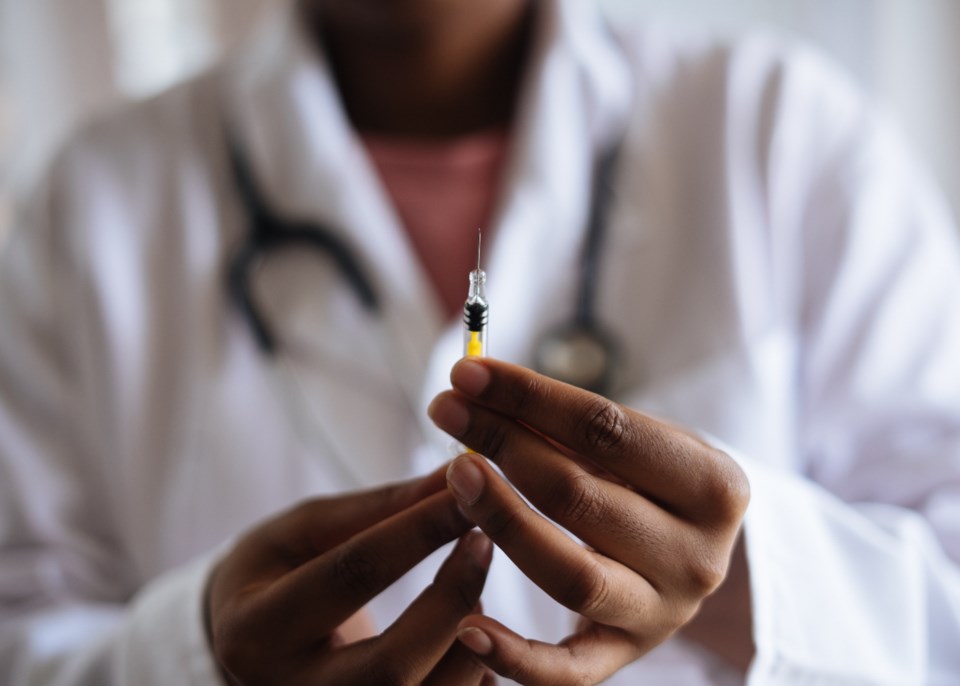With the province announcing the beginning of the second phase of its vaccine roll-out, Simcoe-Muskoka region continues to be prioritized with 12 other Ontario regions for extra vaccine doses.
In particular, people living in South Simcoe may soon get more widespread access to vaccination appointments.
According to the latest from Premier Doug Ford and his team, the second phase of the vaccine rollout will carry on with the first-phase trend of increased vaccine allocations for COVID-19 hotspots, including Simcoe-Muskoka. This time, however, further targeting is being aimed at postal codes within those hotspot regions.
“Phase two is focused on age and at-risk populations to prevent further death, hospitalization, and transmission,” states a news release issued by the province today. “Delivering vaccines to people who live in [hotspot] areas is critical to reducing the impact of COVID-19 as quickly as possible.”
A hotspot in Ontario is a community where there has been a high proportion of community-based deaths and where COVID-19 rates are highest.
In addition to Simcoe-Muskoka, the other 12 hotspot regions include Durham, Halton, Hamilton, Niagara, Ottawa, Peel, Waterloo, Wellington-Dufferin, Windsor-Essex, York, Toronto and Southwestern Public Health.
The Ontario government is, according to the announcement, “supporting regions to vaccinate individuals aged 50 and over by postal code in these COVID-19 hot spot zones.”
But according to the Simcoe Muskoka District Health Unit, that doesn’t mean the region’s residents aged 50 years old and above can start booking appointments.
A briefing document released by the government showed the only hot spot postal code in Simcoe-Muskoka as the L3Z codes, which are in South Simcoe.
Dr. Charles Gardner, medical officer of health for the region, is expected to provide more information on the local phase two rollout during a media briefing tomorrow afternoon.
Phase two of the provincial roll-out again follows an age-based delivery model for adults aged 60 to 79 in five-year increments.
The second phase also includes people living in high-risk congregate settings, individuals with high-risk chronic conditions and their caregivers, people who cannot work from home, and at-risk populations.
Today’s announcement further defined highest-risk clinical patients to include:
- Organ transplant recipients;
- Hematopoietic stem cell transplant recipients;
- People with neurological diseases in which respiratory function may be compromised (e.g., motor neuron disease, myasthenia gravis, multiple sclerosis);
- Haematological malignancy diagnosed less than one year ago;
- Sickle cell disease;
- Kidney disease eGFR< 30; and
- Essential caregivers for individuals in the groups listed above.
Provincial health officials aim to see 100,000 doses of vaccines against COVID-19 administered per day for the month of April based on the current supply with 190 mass immunization clinics in operation by the end of the month.



